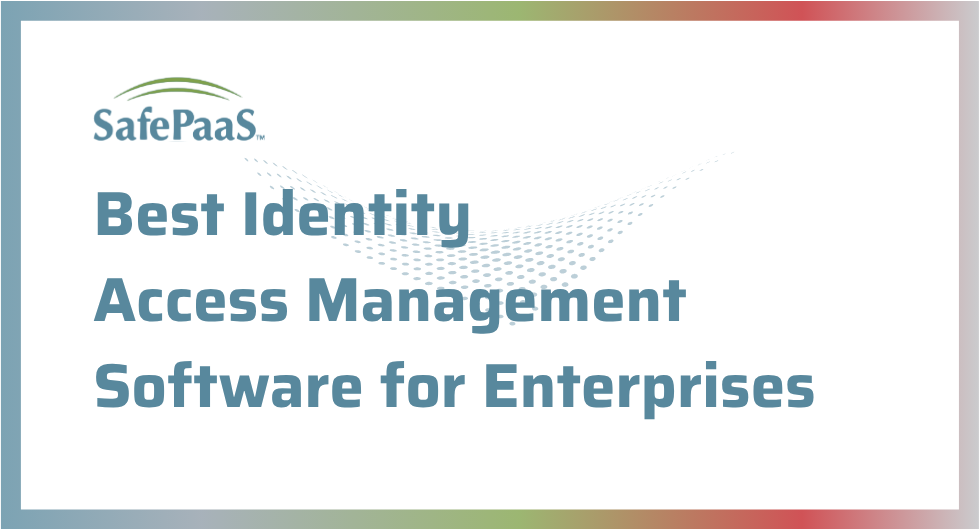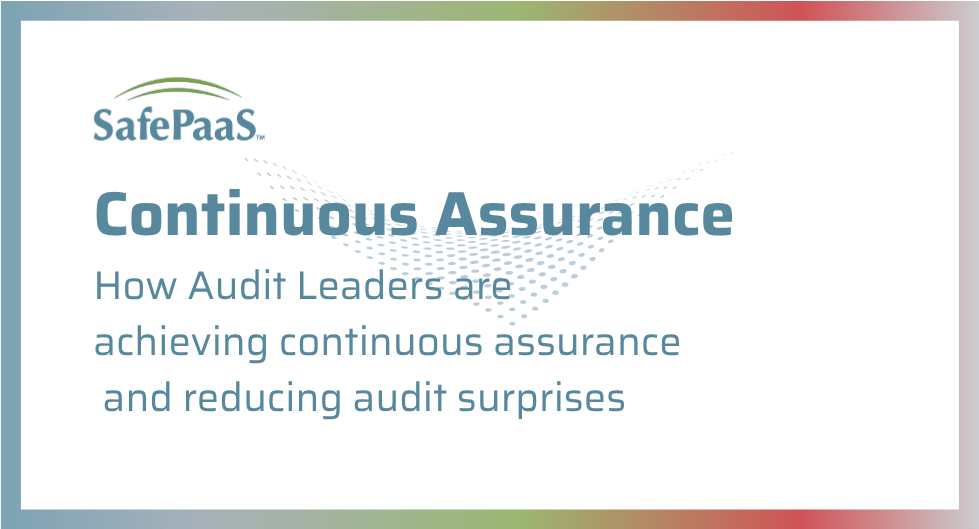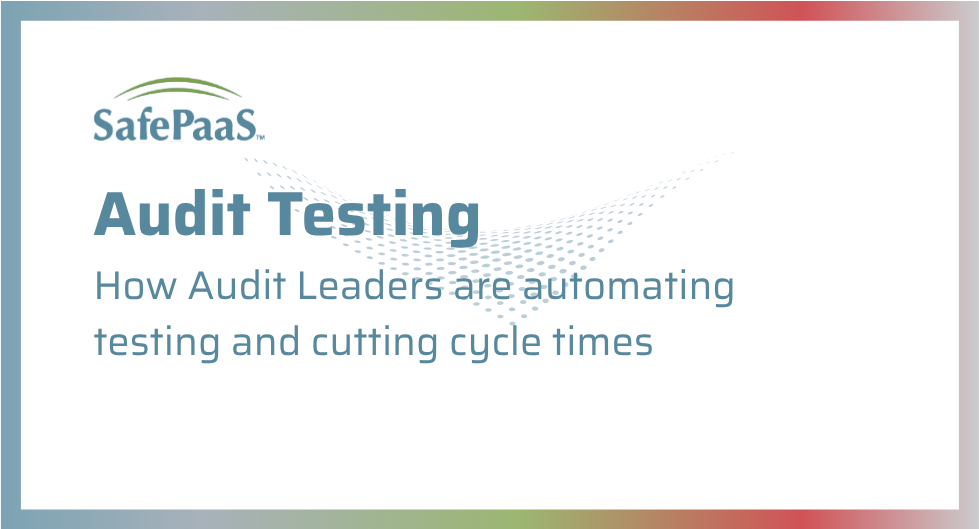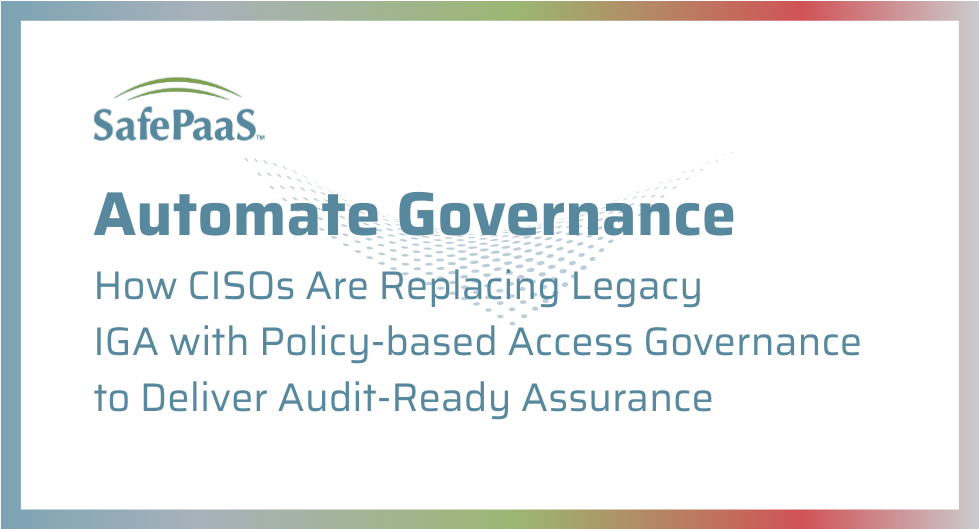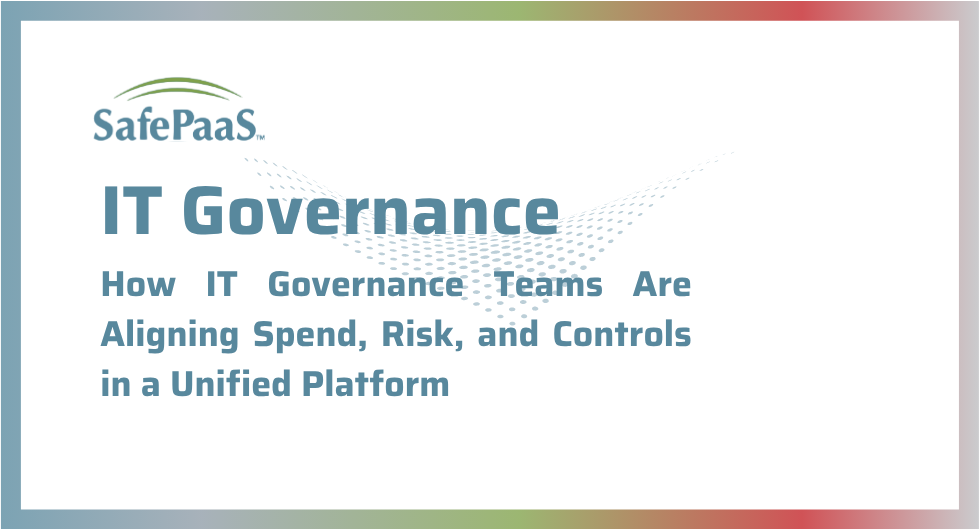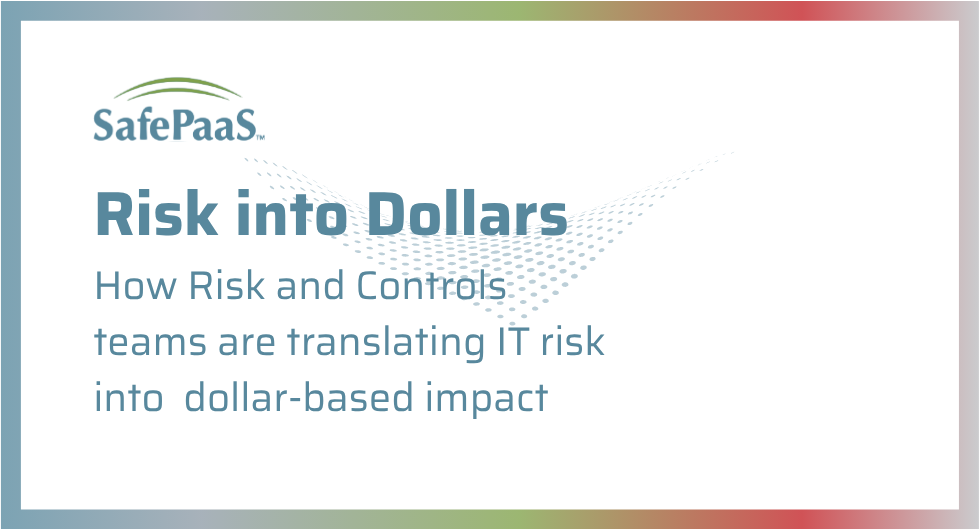Five years ago, managing identities in an enterprise meant tracking employee logins and ticking boxes. Today, it’s a different world. You’re not just juggling users, you’re overseeing a deluge of AI agents, bots, and cloud services, all interlinked and operating around the clock. Identity management now underpins every workflow, cloud migration, and automated business process. If you’re responsible for security in this landscape, you’ve seen how far we’ve outgrown spreadsheets and static directories. Legacy tools designed for yesterday’s problems simply don’t cut it in the face of sprawling, high-velocity digital environments.
Let’s start with the reality: enterprises no longer manage just human users. The modern digital footprint is teeming with non-human actors, AI agents, service accounts, bots, automated provisioning scripts, and embedded applications. These identities now outnumber people by enormous margins, propelling innovation on one hand while proliferating risk on the other. Every time your team spins up a new SaaS integration or cloud service, the web of entitlements grows. And each connection, if not managed carefully, can grant more access than intended.
The Modern Identity Challenge—Why Enterprises Are Struggling
Let’s walk through a typical business change. You’re implementing a new HR suite and connecting it to payroll, analytics, and a couple of custom API feeds. With traditional identity and access management software, the process looks like this:
- IT builds connectors from scratch, often using brittle scripts or third-party plugins.
- Credentials for service accounts and bots are handled manually, sometimes stored in static files or email chains.
- User permissions and role mapping follow a patchwork of templates that almost fit, but still require IT to manually fill in the gaps.
- Change requests (promotions, department switches, temporary contractors) are managed through a mix of portal submissions and email tickets
- When audit time rolls around, business owners scramble to verify who actually has access and why. Often, the answer leads back to an outdated spreadsheet nobody updated.
Multiply these obstacles across all your platforms, workflows, acquisitions, and internal business projects. It’s no surprise that most enterprises see identity management as an operational bottleneck. Big consultancies may offer to connect everything, but those projects are expensive, slow, and rarely adapt to fast-moving business demands.
Siloes, Scripts, and Spreadsheets: What’s Holding Organizations Back
Here’s the friction you probably feel every quarter:
- Integration drag: Every new application, platform, or AI tool means weeks (or months) of configuration to onboard digital actors. If the software can’t adapt, you’re left with holes in coverage.
- Orphaned access: Projects end, roles change, partners move out. Yet identities, especially non-human ones, linger. Admins report finding hundreds of accounts tied to applications the business no longer uses.
- Manual review headaches: Certification campaigns involve exporting data, slicing through duplicates, and querying stale HR systems. You worry about missing the edge cases, those with toxic combinations or dormant accounts with forgotten privileges.
- Visibility blind spots: Security teams often operate across fragmented dashboards —one for AD, another for cloud applications, and sometimes none for APIs triggered by RPA bots. If you can’t see privilege details or cross-system risk signals in real time, confidence erodes.
And let’s be clear: regulatory environments aren’t getting easier. SOX, NIST, ISO, and internal controls all demand traceability and dynamic proof of compliance for every identity in your business, human, non-human, machine, and everything in between.
Rethinking Identity Governance: What Enterprises Need
Leaders aren’t asking for more software. They’re demanding solutions that provide business outcomes. The best identity access management software now needs to:
- Govern every identity—at scale and without manual rework: Human users, bots, APIs, service accounts, partner logins, contractor temp credentials, and AI agents.
- Integrate with leading cloud, SaaS, and on-prem platforms—without custom code for each addition.
- Provide real-time visibility and analytics: Not just periodic reports, but dashboards showing every privilege, conflict, and risk signal as business changes.
- Automate lifecycle management: From onboarding to role changes to de-provisioning, policies must follow the business, not just static IT rules.
- Enable continuous compliance: Certification campaigns and audits should be baked in, not bolted on. If policy drift emerges, you fix it today, not after the next audit surprise.
This wishlist is why generic tools and legacy platforms fall short. Piecing together off-the-shelf connectors and manual processes won’t keep up with identity growth and complexity.
SafePaaS: Purpose-Built for the New Reality
SafePaaS is a solution built with these needs at the core. Here’s what sets SafePaaS apart for real enterprise environments:
Comprehensive Identity Coverage:
SafePaaS doesn’t just track employee logins. The platform continuously inventories every actor, service account, bot, script, and embedded tool across hybrid environments. Risk policies recognize not just who is accessing, but also the type of identity, applying the right-sized controls and audit trails.
Fast Application Onboarding and Integration:
No more dragging through months-long projects for each new SaaS or cloud service. SafePaaS ships with dynamic connectors and deployment frameworks, letting you onboard identities (human and non-human) at enterprise speed. Business teams can add, modify, and remove access in hours.
Automated Compliance and Lifecycle Management:
Access requests, role changes, and offboarding are handled automatically through adaptive workflows. Certification reviews are continuous and exception-driven, so business owners only address high-risk cases—not the low-impact ones that clog legacy campaigns.
Unified Visibility and Actionable Analytics:
SafePaaS delivers dashboards that zero in on outliers, access conflicts, and policy breaches across every system, not just those linked to HR. C-suite and IT leaders get the details they need and the big-picture risk context, no matter how complex the environment.
Low Overhead, High Adaptability:
Forget armies of external consultants. SafePaaS is designed for quick deployment, hands-on administration, and dynamic policy adjustment as the business evolves. You get identity governance that grows with you.
Why SafePaaS Is the Answer for Enterprise Identity Management
SafePaaS is more than just another identity and access management software; it’s a strategic enabler for security, governance, and business agility. By treating every identity (human and non-human) as a first-class citizen, automating lifecycle workflows, and putting insight at the center of access decisions, SafePaaS meets audit, risk, and operational demands without the friction plaguing legacy systems.
If your enterprise is tired of manual patchwork, stalled onboarding, and cyclical compliance crises, SafePaaS provides the clarity and control you need.
Ready to see real enterprise identity access management? Discover how SafePaaS can help you stay ahead, no matter how complex your business grows.
